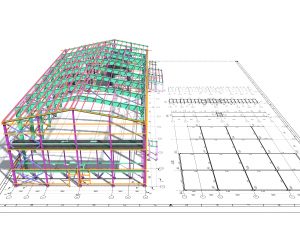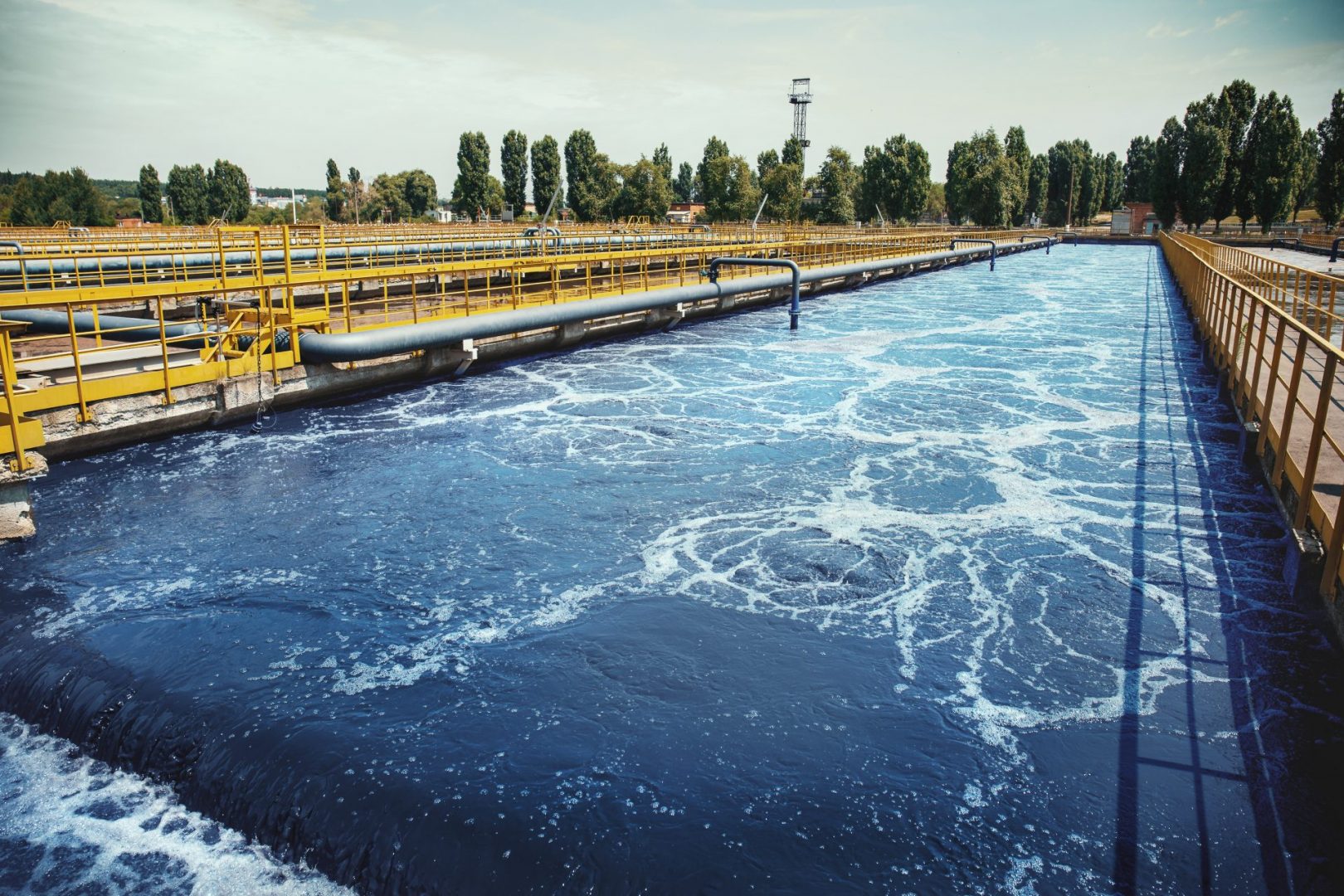
Carbon dioxide causes the earth’s temperature to rise. According to the 2020 Global Status Report (GSR) for buildings and construction, 38% of total global energy-related CO2 emissions were generated from the construction industry in 2019 (UN, 2020). Burning oil, coal, and natural gas in buildings is the primary source of CO2 emissions. With global warming, energy consumption in construction could be tripled by 2050 (WorldGBC, 2021).
As an industry, the construction sector is responsible for a massive amount of carbon. According to the Paris agreement, architects, engineers, contractors, clients, and everyone involved in constructing buildings should consider everything to cause as little impact on the environment as possible. We can work together to make a difference for the planet. We can do our role with a variety of strategies. While we cannot fully eliminate the climate change impact, we can guide our design team and clients on the appropriate strategy.

World green building council challenges companies, cities, and states to reach net-zero operational carbon for all new buildings and a minimum 40% reduction in embodied carbon by 2030. All buildings, including existing ones in operation, will be net-zero by 2050. All buildings must be decarbonized and eliminate fossil fuels (WorldGBC, 2021). The problem with the net-zero buildings is that they can achieve their net-zero status by energy rating in operation, excluding the significant energy needed to build them.
Analysis from the Climate Action Tracker (CAT) shows that by using existing technologies, eliminating carbon emissions from the building sector is possible by 2050 (UN, 2020). We need to look at smart ways to reduce carbon emissions from buildings.
Building Information Modelling (BIM) is a methodology that Architectural, Engineering, and Construction (AEC) firms use for 3D visualization, shop drawings, cost estimating, energy management, and carbon estimating in buildings. BIM is usually used in the AEC industry for the design and construction phases, but it also can be used in the operation stage to reduce carbon emissions. Facility management of buildings in operation phases reduces energy consumption and improves information flow, risk mitigation, and performance monitoring. Reducing carbon emissions is possible through policymaking, facility management, carbon pricing, and sharing performance data. We must use digital technology such as BIM in small, medium, and large AEC firms. 
11% of the global carbon emissions are from materials and construction, called embodied carbon. (WorldGBC, 2021) Many AEC firms are now considering sustainable design and eco-friendly structures, specifying the nature and quality of materials, and selecting sustainable materials. Off-site materials or modular construction, locally sourced materials and reused building materials. We should select carbon-smart materials and reduce the use of the highest-emitting materials. AEC firms can use optimizing systems to ensure they do not use more specifications than it needs for the Project.
It is hard to imagine a construction project lifecycle without collaborations between contractors, engineers, and architects. The complexity and the cost of new construction materials for low carbon construction and operation mean that we need to think digitally. Digital technology like BIM increases efficiency by quicker completion at the last minute and on-site alterations that reduces waste and energy consumption. In the meantime, AEC firms should be aware that BIM technology rapidly develops, so they should keep up-to-date and arrange the BIM strategy in such a way that to apply the most effective available technology to improve their productivity growth, achieve sustainability, and reduce climate change impact.
There are different plugins for BIM software that can be used in AEC firms to calculate embodied carbon and the environmental impact. We should select the best tools that could be fixed in our project workflows and design process. BIM is a complicated process, and it is not just 3D modelling. It is about designing, collaborating, constructing, and more. BIM is an excellent process that all project participants can use to help reduce carbon emissions.



